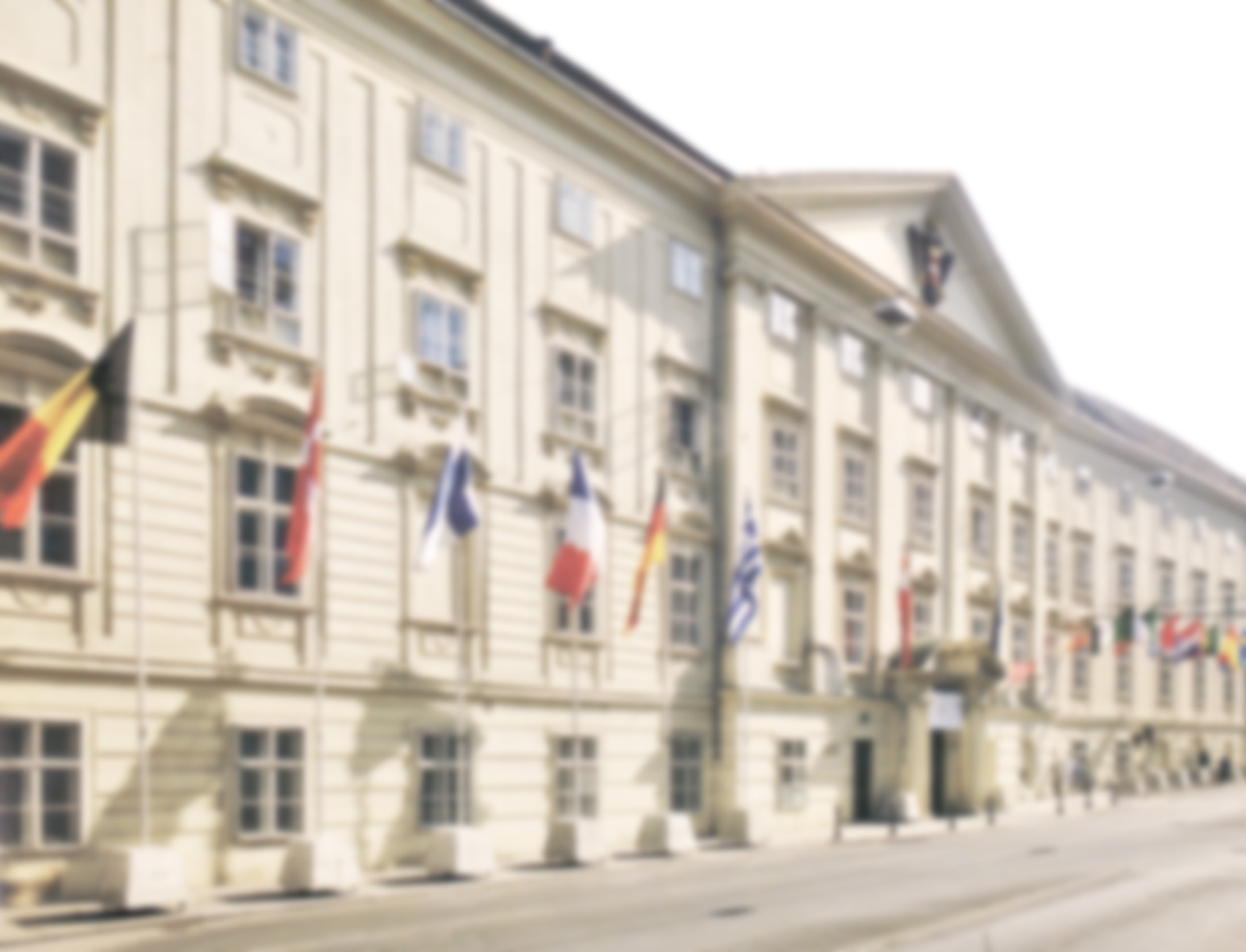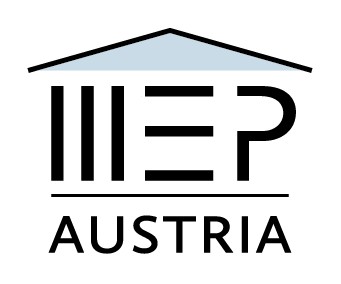 With the support of the Erasmus+ Programme of the European Union.
With the support of the Erasmus+ Programme of the European Union.This website reflects views only of the author, and the Commission cannot be held responsible for any use which may be made of the information contained therein.
Letter from the presidents
Venerable Committee Chairs, Honourable Delegates and Student Media Officers, Ladies and Gentlemen,
It is a pleasure to welcome you to the 19th national session of the Model European Parliament in Burgenland.
The session will take place in Eisenstadt and Mattersburg, two beautiful cities located in the youngest province of the Republic of Austria, in Burgenland. Parallel to this year’s session regional elections will take place. Therefore you will get the unique opportunity to experience the political situation of Burgenland up close. During your stay in Burgenland, you will also listen to keynote speakers talk about political issues not only regarding Burgenland itself but also the European Union.
Often overshadowed by better known destinations of Austria, Burgenland is decidedly different. There are no high mountains and only very little snow. Instead this region offers 300 days of annual sunshine with a wonderfully mild climate. It is also well known for its beautiful vineyards, stunning landscape and of course the largest lake in Austria, the Neusiedler See. In addition, the capital Eisenstadt possesses Burgenland's grandest and loveliest castle, the Esterházy Palace, with a strong Haydn association.
However, Burgenland is Austria′s most Eastern province and joined the Republic only in 1921. For decades this underdeveloped, rural border region could not keep pace with the rest of Austria. But much has changed since the Iron Curtain fell down in 1989 and, in particular, since Austria joined the EU in 1995. Today, Burgenland is a model European region when it comes to the use of renewable energy, is home to six technology centres and is making determined efforts to develop projects in the areas of research, technology and innovation.
On the 12 June 1994 two thirds of the Austrian electorate voted “yes” in the referendum concerning Austria’s accession to the European Union. In commemoration of this fundamental decision, let us look back at what paved the way for our membership.
On 17 July 1989, the so-called "letter to Brussels" containing Austria's application for membership was handed over to the then French Foreign Minister, Roland Dumas, in his capacity as Chairman of the Council of Foreign Ministers of the European Community.
After the Council of the European Community had agreed to the accession procedure in July 1989 and the European Commission had approved Austria's accession in July 1991, negotiations were formally opened on 1 February 1993.
A total of 9 rounds of negotiations at ministerial level, 130 meetings to examine the acquis and 72 technical discussions with the respective ministries were on the agenda. Less than a year and a half later, on 12 April 1994, the accession negotiations were formally concluded.
At the European Council in Corfu on 24 and 25 June 1994, during Greece's EU Presidency, the Accession Treaty and the Final Act were signed by Federal Chancellor Franz Vranitzky, Foreign Minister Alois Mock, Section Head Ulrich Stacher and Ambassador Manfred Scheich.
The ratification of the Accession Treaty by the National Council took place on 11 November 1994, the approval of the Federal Council on 17 November 1994. On 22 November 1994, the instrument of ratification was signed by President Thomas Klestil and Chancellor Franz Vranitzky and deposited in Rome on 24 November 1994.
After a long journey marked by dedication, hard work and the prospect of a promising future, Austria finally joined the European Union on 1 January 1995.
In this session there will be four committees. Each one of them is going to focus on a crucial issue regarding the future of the European Union.
Firstly, the Committee on Environment, Public Health and Food Safety will revolve around dealing with greenhouse gas emissions from livestock - one of the most important current political issues. What can European countries do to reduce the environmental impact of livestock? Secondly, the Committee on Culture and Education will ask themself how the European Union shall deal with challenges regarding inclusion of migrant youths in the economy and society. What measures can governments take to leave no young person behind?
Thirdly, the Committee on Employment and Social Affairs will work on a resolution proposing solutions to the question of dealing with employment challenges posed by digitalisation. The job market is changing - but how will this affect European Member States?
Last but not least, the Committee on Transport and Tourism will deal with the question of dealing with mass tourism and its effects on UNESCO protected heritage sites and monuments. How is the European Union going to ensure the protection of such sites whilst maintaining one of economy‘s most important factors - tourism?
We surely are looking forward to meeting all of you in Burgenland this January and are hoping for fruitful debates and new found friendships.
Your presidency
FLTR: Reka Bapstan (BG BRG Mattersburg), Sophie Parsche (Theresianische Akademie), Marlene Reiser (AkG Salzburg), Paul Feng (Theresianische Akademie), Hannah Reinisch (BG BRG Klosterneuburg), Luka Kovacevic (ORG der Franziskanerinnen Wels)


